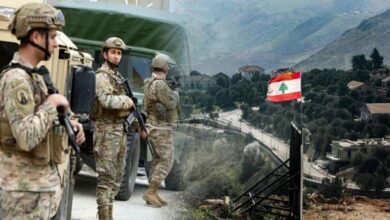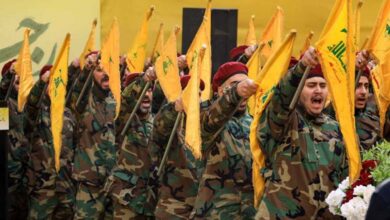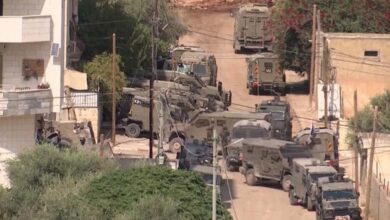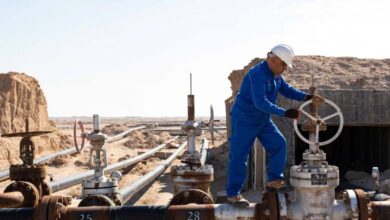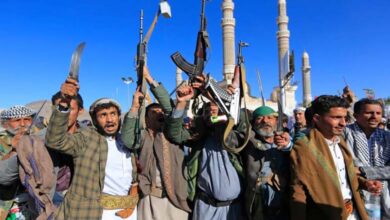From drones to smart munitions: how is Hezbollah rearming itself?
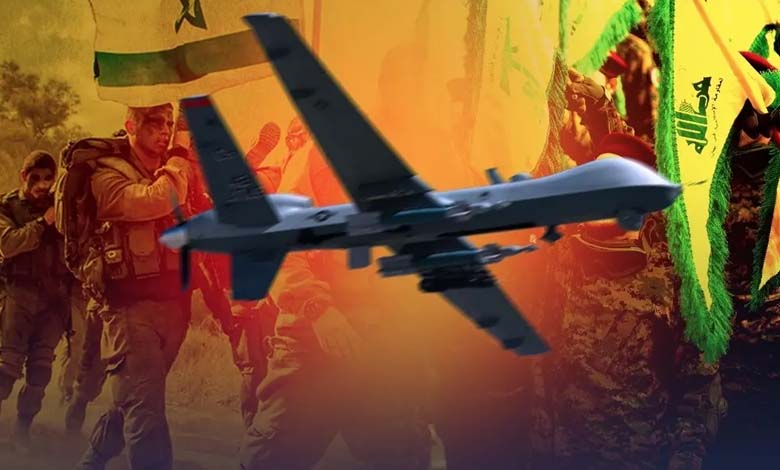
The Israel–Lebanon border remains a mirror of persistent tensions as signs indicate Hezbollah is accelerating the rebuilding of its military and economic infrastructure following the shocks it sustained last year.
Israeli daily Yedioth Ahronoth reported — a development relayed by multiple outlets — that Hezbollah has stepped up rearmament efforts in recent weeks, including in southern Lebanon, which Israeli intelligence views as breaching the status quo between the two sides. These movements have raised concerns among Israeli security officials and international observers.
-
From Disarmament to Rearmament… Hezbollah Moves as Israel Loses Patience
-
Israel announces the killing of a Hezbollah commander: the logistics support chief
What Hezbollah is doing
Israeli intelligence has reportedly detected increased activity aimed at restoring the group’s capabilities: intensified training, arms transfers, and the rehabilitation of operational and financial systems. The reporting suggests Hezbollah is working on both the military and logistical levels to regain sustained operational capacity.
Israeli strikes and Lebanese condemnation
As the anniversary of the ceasefire that ended a year-long war between Israel and Hezbollah approaches, Israel continues to conduct strikes—particularly in south Lebanon—saying it targets military infrastructure and arms depots linked to Hezbollah’s attempts at reconstitution. Israel also maintains positions at several frontier points that Lebanon demands be vacated.
-
Israeli Airstrikes on Lebanon’s Bekaa and North: Hezbollah Infrastructure and Missile Sites Targeted
-
Washington warns of potential Israeli unilateral action if Hezbollah is not disarmed
Recently, the Israeli army announced raids on “infrastructure and weapons stores” belonging to Hezbollah in southern Lebanon, a move coming hours after the group reiterated its refusal for Lebanon to be “lured into political negotiations with Israel.” Lebanese President Michel Aoun condemned the strikes and emphasized negotiation as the available means to halt Israeli aggression. The Lebanese army said the raids hinder the completion of its deployment in the South under the ceasefire arrangements.
Hezbollah is not what it was before the war
Israeli sources note that the current rearmament differs from pre-war years, when advanced weaponry could move relatively freely from Iran, via Syria, into Lebanon. Confronted with new constraints, Hezbollah appears to have adapted by focusing on low-cost, locally producible systems—such as unmanned aerial vehicles (drones) and autonomous glide munitions manufactured domestically.
-
A warning to Hezbollah: Israel’s largest drill on the Lebanese border since October 7
-
After the Gaza Agreement… Receding Justifications and Rising Pressure to Disarm Hezbollah
These systems present particular interception challenges for the Israeli military due to their low signatures and dispersibility. Smart munitions and drone strike capabilities also complicate risk assessment and proportional response planning.
An Israeli plan ready — but debated
Yedioth Ahronoth adds that since the ceasefire, Israeli forces have eliminated several hundred Hezbollah operatives and that the Israeli military and intelligence have developed a comprehensive plan to strike and weaken the group—an option that could be activated politically or if Hezbollah changes the rules of engagement and decides to respond.
-
Israeli army announces elimination of two Hezbollah commanders
-
Disputes shake Hezbollah’s media apparatus and turn into a power struggle
Israeli officials are split on activating the plan: some argue that continuing limited operations preserves international backing and hinders Hezbollah’s rebuilding without triggering a full-scale war; others warn that a stronger approach could provoke diplomatic fallout and force strategic adjustments. Analysts caution that any significant Hezbollah retaliation could spark a new cycle of confrontation.
Weakened but still dangerous
Military sources quoted in the press suggest Hezbollah is not the force it once was:
-
Millions for Information on a Hezbollah Financier: Who is Ali Qasir, Wanted by Washington?
-
Hezbollah member injured in Israeli strike on Lebanon
“This is not the same organization we faced on October 7,” they say, noting losses to its leadership and supply lines as well as difficulties in Iranian support. Nonetheless, they acknowledge the group retains the capacity to launch rockets and cause damage, while warning that any Israeli response would likely be harsher.
In sum, Hezbollah’s rearmament blends technological adaptation with locally driven production and tactics. While the trend alarms observers and prompts preemptive Israeli strikes, it unfolds within a shifting regional context where military measures and diplomacy intersect, creating a delicate balance with significant escalation risks.



